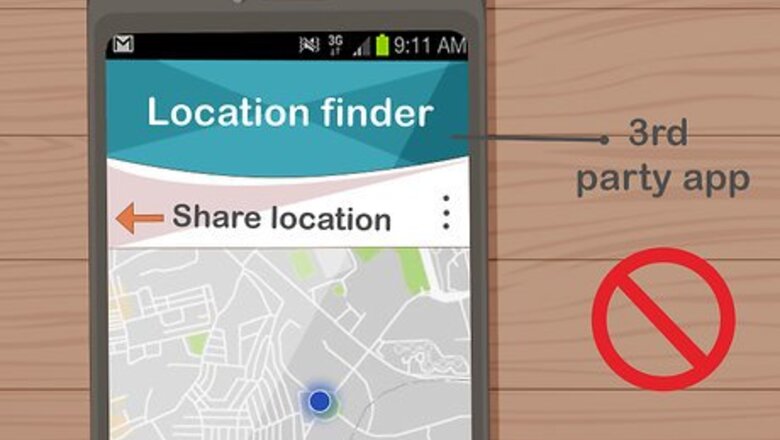
views
Using General Techniques
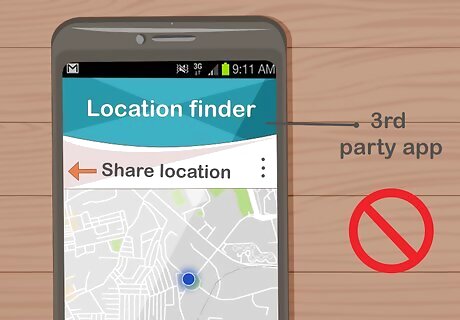
Understand that you can't track a phone's exact location. The methods used by police and government agencies to track a cell phone rely on telephone carrier information which must be subpoenaed by a court order, making it impossible for you to replicate these methods. Since it is impossible to trace a phone's exact location, avoid using third-party apps or services which claim to be able to track phone numbers. At best, these services don't work, and they will often scam you or steal your information.
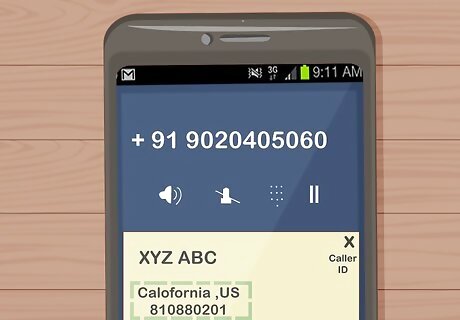
Check your phone's caller ID. Most modern smartphones and digital handsets come with built-in caller ID which will announce the city to which the phone number is registered. If your phone shows a city and state (or region) for an incoming call, this should be enough to tell you where the person's phone number was registered.
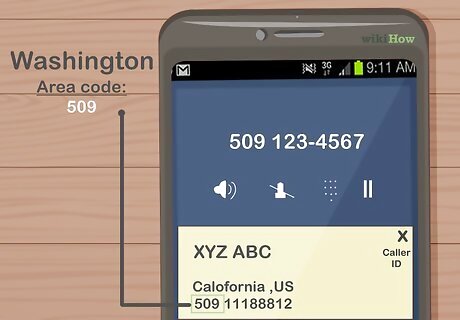
Reference the phone's area code. The three digits in a set of parentheses in any United States area code refers to the region in which the number was registered. The easiest way to look up an area code's coverage is by typing the area code followed by "area code" into a search engine (e.g., Google).
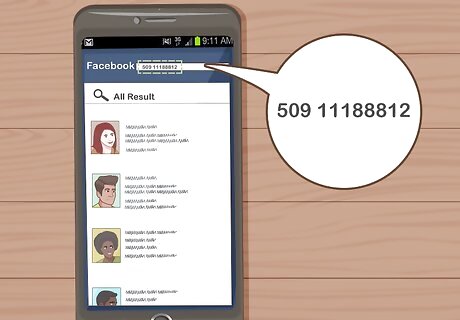
Search for the number on social media. While this isn't guaranteed to work by any means, searching for the phone number on social media may bring up results for specific people. Social media sites such as Facebook and Twitter allow users to post their current location, so you may be able to see the person's updated location even if their phone number's location is out of date. Most social media services keep your phone number private by default, so the person in question will most likely have to make their phone number public for this to work.

Try calling the number. If all else fails, you can always call the phone number and politely ask the person for information. If the call is coming from a typical person or a small company, explaining that you're receiving calls from them and you don't know who they are will usually be enough to prompt the caller to tell you why they're calling at the very least. In some cases, the call may be a mistake. If the phone number belongs to a corporation, you may have to navigate through an automated process before you can speak to a real person. Most corporations announce their affiliation upon reaching the automated assistant, so you should at least be able to find out who's calling. If you don't know the phone number because the caller is masking their number, you can unmask the number and then call it from a friend's phone to see if the caller picks up.
Using Whitepages
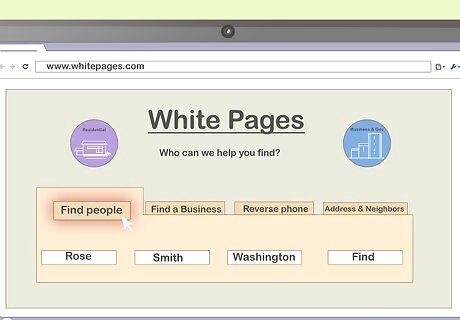
Understand what information Whitepages may have. While Whitepages will restrict the amount of free information you can see, you can usually find a phone number's registration location and a spam rating. The information you find on Whitepages may be limited, but it should give you a good place to start your investigation if you decide to try to figure out the identity of an unknown caller. Unfortunately, Whitepages may not have any information on the phone number you enter, and any information it does have may be outdated.
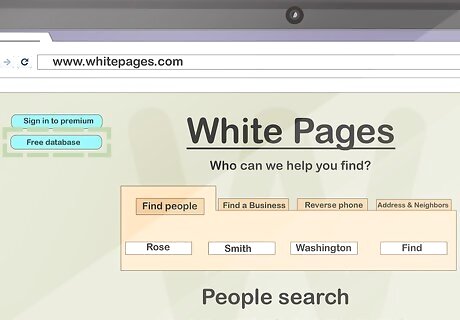
Open Whitepages. Go to https://www.whitepages.com/ in your computer's web browser. Whitepages is a partially free online database which includes the option to look up a phone number.
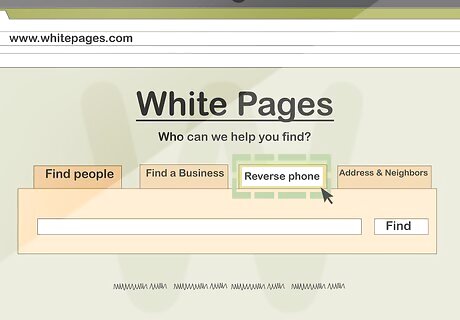
Click the REVERSE PHONE tab. It's at the top of the page.
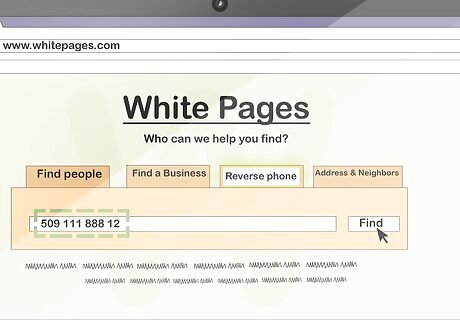
Enter a phone number. Type the phone number for which you want to search into the search bar in the middle of the page, then press ↵ Enter.
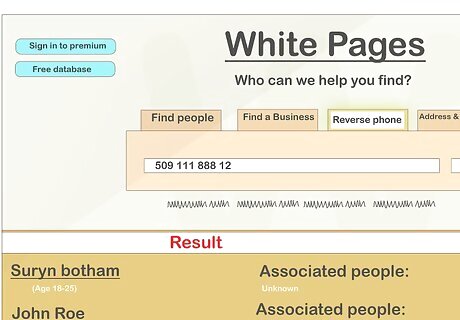
Review the available information. Depending on the phone number, you will usually see some (or all) of the following: A spam rating (e.g., "Low" for personal numbers) The first letter of the phone owner's first and last name The phone number's registration location (city and state) The phone number's carrier


















Comments
0 comment